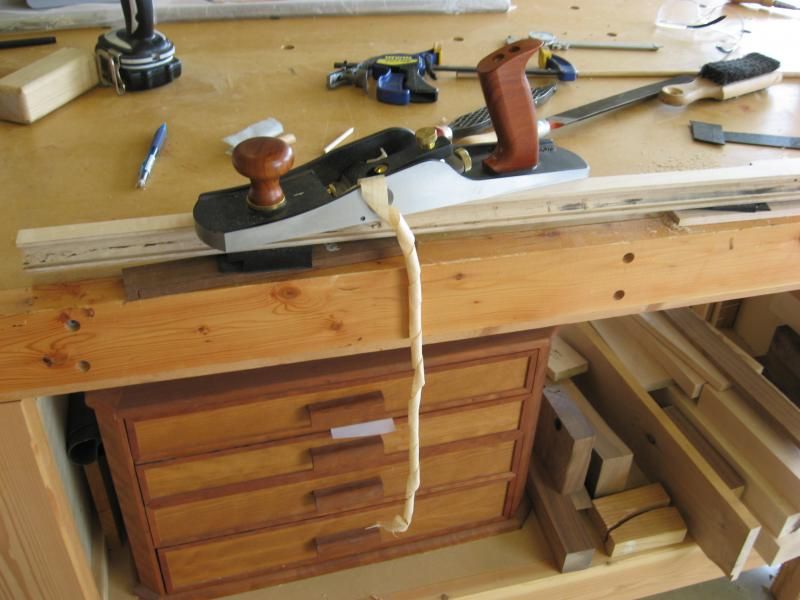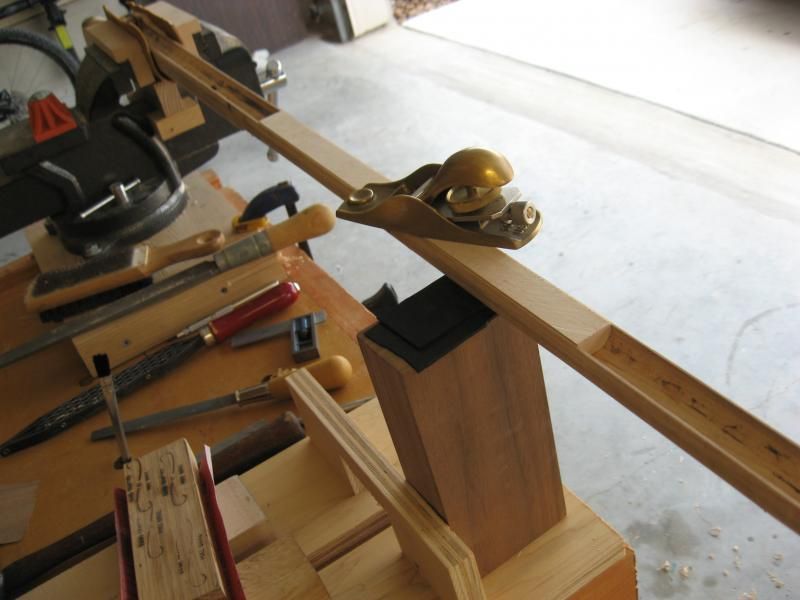Travis B, I hear your pain - or, rather, your frustration. You should go back to your high school and demand a refund for (a) not teaching you basic "shop," because that's icky working class stuff and you won't need that when you go to college or (b) doing a very poor job. I suspect the former.
There are handplane forums on the web, many of which are pretty good. if you have a ton of money to spend, you should check out the Lee Neilsen planes, here:
https://www.lie-nielsen.com/nodes/4065/bench-planes
or, if you have a boatload of money, check out Lee Valley, here:
http://www.leevalley.com/US/wood/page.aspx?p=44751&cat=1,41182,48944&ap=1
otherwise, check out the flea bay type websites for a Stanley #4 or #4 1/2 plane. I would recommend that you lurk at the hand plane websites for a bit, so you know what to look for and what to avoid - there are some pitfalls, as in anything bought 'sight unseen.' There are some good bargains to be had, but you may also end up with a plane with moss in the frog (yes - don't ask me how I know).
here's a quick version on how to restore a plane:
http://www.leevalley.com/US/wood/page.aspx?p=44751&cat=1,41182,48944&ap=1
if you can get to a woodworking show, or if you know anyone who does cabinetry, you can get them to show you how a plane works. once started, however, you may find it difficult to stop, and you may end up with a bunch of planes which you have lovingly restored. this is not a bad thing - once you see what sort of finish you can get with a plane (as opposed to sandpaper) you'll understand what all the fuss is about.
good luck in your search for plane happiness - it's worth the effort to know how to use tools with no power cord







